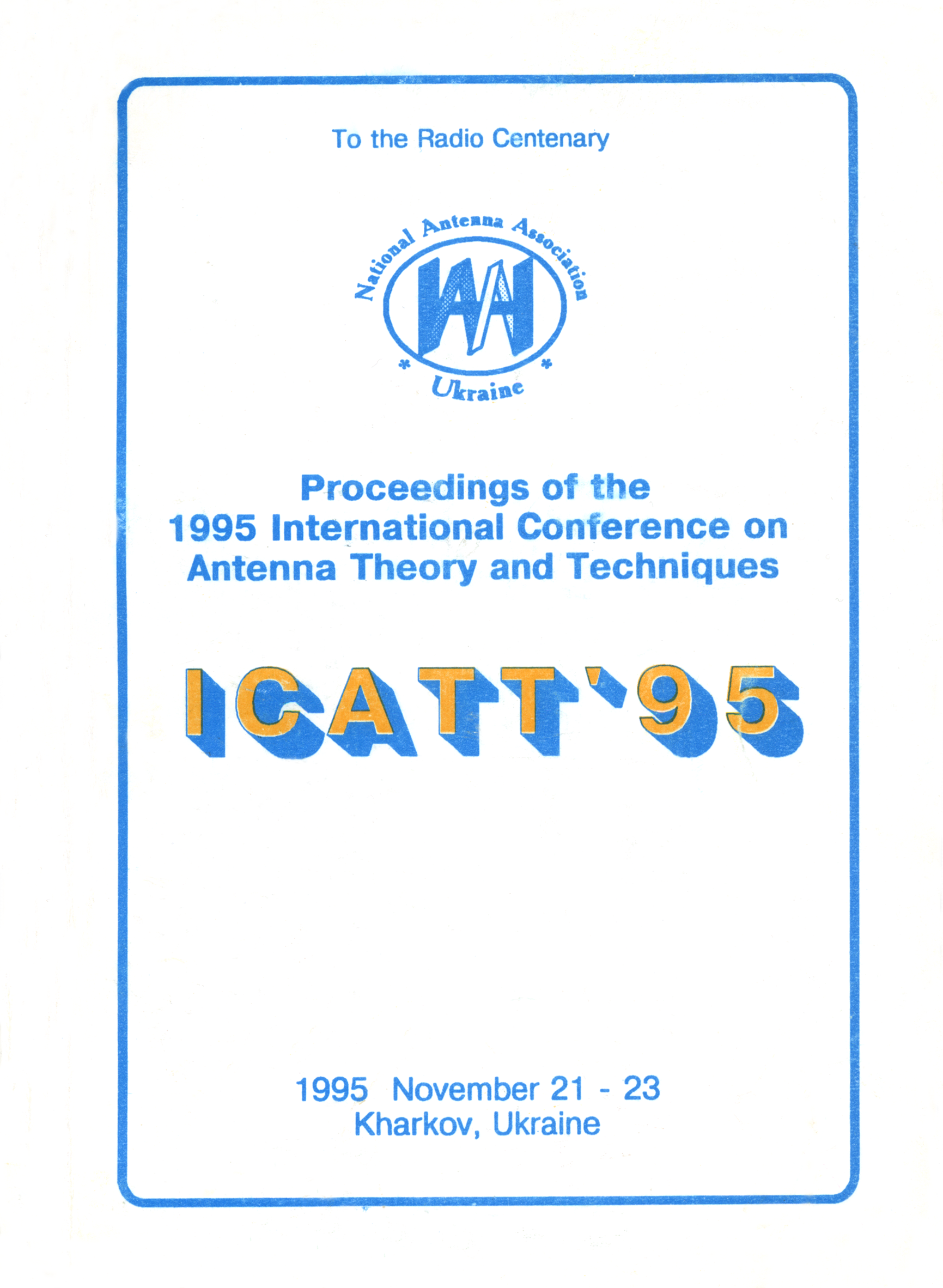The estimation of phase measurement errors airborne synthetic aperture radar
DOI:
https://doi.org/10.1109/ICATT.1995.1234128Abstract
The synthetic aperture radar (SAR) is an imaging device that obtains high-range resolution by using a time delay of signals traveling to and from targets, and high azimuthal resolution by using the Doppler histories of targets as they pass through the radar beam. It plays a remarkable role in the active remote sensing thanks for its capability to provide images of the Earth surface under arbitrary weather conditions in the day and night time.
In order to produce accurate imaging by using these methods, it is necessary to know the following:
1) topography of the region being imaged,
2) trajectory of SAR platform,
3) relationship between distances along the platform trajectory and along the ground.
Thus, errors in these factors lead to a defocusing of the image and to azimuthal position inaccuracies.
In practice, the phase measurement errors will not allow to know these properties of SAR. The problem of random phase errors in SAR algorithms is discussed in report. Certain assumptions have been made to develop a model in form of a system of random dynamic equations. In particular, phase noise is modeled as a correlated trajectory dependent random phenomenon having non-Gaussian statistics, resulting in a low signal/noise ratio. The first part of this model is the relationship between measurements of trajectory of SAR platform and its real trajectory. The second part is the model of geometric distortion that has arisen in a real aperture airborne antenna. This second part is blended with the first part and allows to make consecutive iterations to verify the parameters of the model.
Thus, some aspects of real airborne aperture testing have been discussed.

